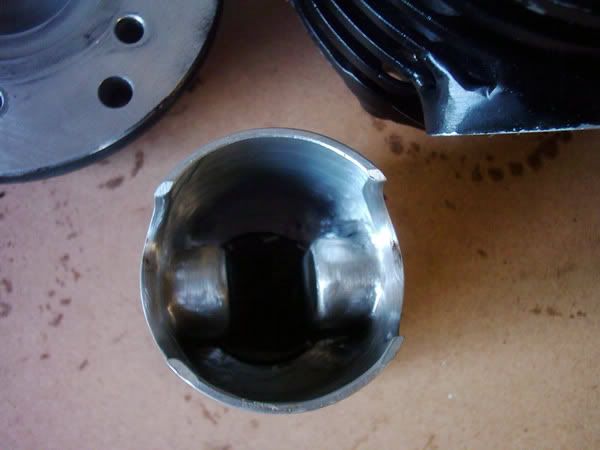Thank you for your numerous feedbacks.
What sort of smoothness should we achieve on areas submitted to air / fuel mixture ?
Should it be P240, P400, P600?
I know some of the fresh mixture must get “trapped†on the transfer walls, and the rest of the mixture is supposed to flow over that layer.. in French we call it “couche limiteâ€
To summarize;
- Everything flowed nicely and smoothly; helps preventing cracks, helps mixture flow, prevent hot points were oil residues get trapped….
- Maybe a P240 grit keeps fresh mixture and oil on the bottom of the piston and helps cooling?
- Then a bit of Cryogenics to make it tougher…
- Then a few layers of Ceramic coating on the piston dome as a heat barrier….
- Do not forget some graphite coating on the piston skirt to reduce friction…
…Then a bank loan to pay the final cost !
For psychiatrists, here is my little workshop….

And for sean brady scooters…
you must have really spent some time and effort on that,but what difference did it really make...?
cosmetically it looks fantastic,but who is ever going to see that again...?
It does not matter nobody
will ever see it, it must be nice if it is inside my engine, for my peace of mind!
I know I am
weird… quite fan of Bugatti T35 engines; where every nut and bolt is labelled, you can nearly use any element and put it on your coffee table, looks like art to my eyes…
Otherwise on my balance a TS1 Asso piston weights 336 grams, I had some Peugeot Formula 1 V10 pistons that were 231 grams each, for an individual displacement of 350cc…
Someone sold a matched set of 10 for 290 euros; quite a deal hey, I forgot to mention the bore is 91mm and it is four stroke….. look at this lovely short skirt:




